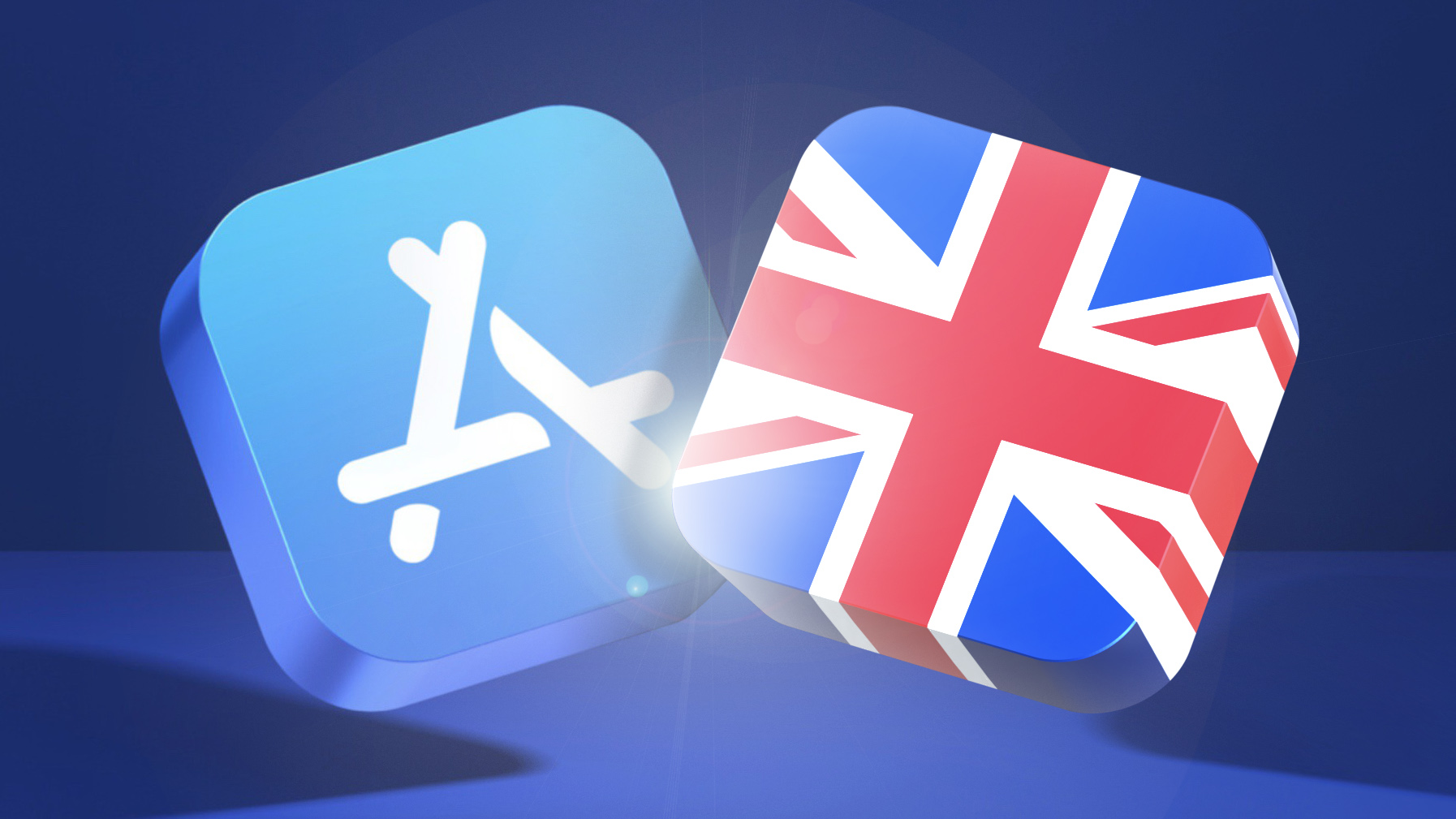Who should lead your AI initiative?
[[{“value”:”
With the rapid rise in AI and generative AI, enterprises who initially experimented with select AI use cases are now reimagining company-wide processes and strategies for how the business fundamentally operates. McKinsey estimates that in the enterprise, AI adoption has more than doubled since 2017 with investments going up each year.
AI will continue to set apart organizations that can harness its power at scale in secure and governed ways. The challenge is not if the right technology exists, but rather in having the expertise and people to successfully carry the vision of AI into reality. Deploying AI tools needs to be a coordinated effort, requiring a portfolio of AI experts across all parts of an organization – from ethics to legal to technology – led by a clear Head of AI.
The Head of AI can be considered the hottest job in the C-suite today. This person serves as the owner of the entire effort, taking AI out of silos and making sure that with their dedicated team, everything that can be positively impacted by enterprise-grade AI is executed with security, governance and scale.
Why a Head of AI?
Demand for AI leadership positions is at an all-time high because of two key factors. First, AI is now recognized as a CEO-level responsibility and board-level priority. A dedicated direct report to manage and guide strategy is critical in achieving positive results at the larger enterprise level. It also acknowledges that AI at scale is truly something new which requires a unique set of skills that don’t exist in one department.
In my recent work with customers, I’ve seen first-hand how barriers to adoption and deployment – particularly when data exists in silos with little coordination between them – limit the organization from becoming fully data-driven. If leaders approach AI the same way, they will lose out on its transformation potential.
The Head of AI needs to be responsible for helping to define what a company’s AI goals are, and also for building a dedicated team of cross-functional experts that can tackle the entire range of needs. These include everything from designing and monitoring the data going into algorithms, to the ethics of how AI is being used and the legal implications of AI deployments. Depending on the type of business and its primary objective with AI – whether its streamlining operations, building out new product lines or something else – the Head of AI should have a technical background, understanding the ins-and-outs of working behind the scenes in an organization, and the creative experience with a big picture view to help translate AI to the rest of the business.
Spreading AI across the company
The team reporting to the Head of AI should include data scientists and machine learning engineers that work alongside the legal, IT and HR management teams to ensure clear guidelines, training and deployment happen across the organization. This cross functional approach will ensure that all parts of the business are engaged in the overall adoption of AI.
Doing an assessment of the ability and aptitude of all current employees is also an important early step. There could be hidden talent, or workers who already have a thirst for upskilling and reskilling who could be ideal candidates to take on a challenge or be an advocate for ongoing AI efforts.
Building an AI dream team
The breakneck speed of AI adoption presents an opportunity for businesses to take a leadership role by quickly building a team that can effectively harness its power. By taking a cross-functional approach, led by a Head of AI with a dedicated team from all facets of an organization, AI will be prioritized, understood and implemented in safe and impactful ways. The time is now, since AI is a transformative technology that, when maximized effectively, will enable the future of your business’ long-term success.
Looking to the future
In leading the charge towards an AI-driven future, the appointment of a dedicated Head of AI is not just a strategic move; it’s a transformative one. This role, pivotal in today’s business ecosystem, transcends traditional IT boundaries, embedding AI’s potential deeply within the company’s strategic fabric. The Head of AI, as a visionary, does not merely oversee AI initiatives but champions a cultural shift towards data-driven decision-making across all levels of the organization.
By fostering cross-functional collaboration, this leader ensures that AI’s integration is not siloed but is a synergistic effort that aligns with the company’s overarching objectives. Their role in demystifying AI, making it accessible and actionable across departments, is crucial for fostering an environment where innovation thrives on data insights. As businesses continue to navigate the complexities of the digital age, the Head of AI stands as the architect of change, ensuring that AI’s transformative power is realized not just in operational efficiencies but in strategic breakthroughs that drive sustainable competitive advantage.
We’ve listed the best collaboration platform for teams.
This article was produced as part of TechRadarPro’s Expert Insights channel where we feature the best and brightest minds in the technology industry today. The views expressed here are those of the author and are not necessarily those of TechRadarPro or Future plc. If you are interested in contributing find out more here: https://www.techradar.com/news/submit-your-story-to-techradar-pro
“}]]




